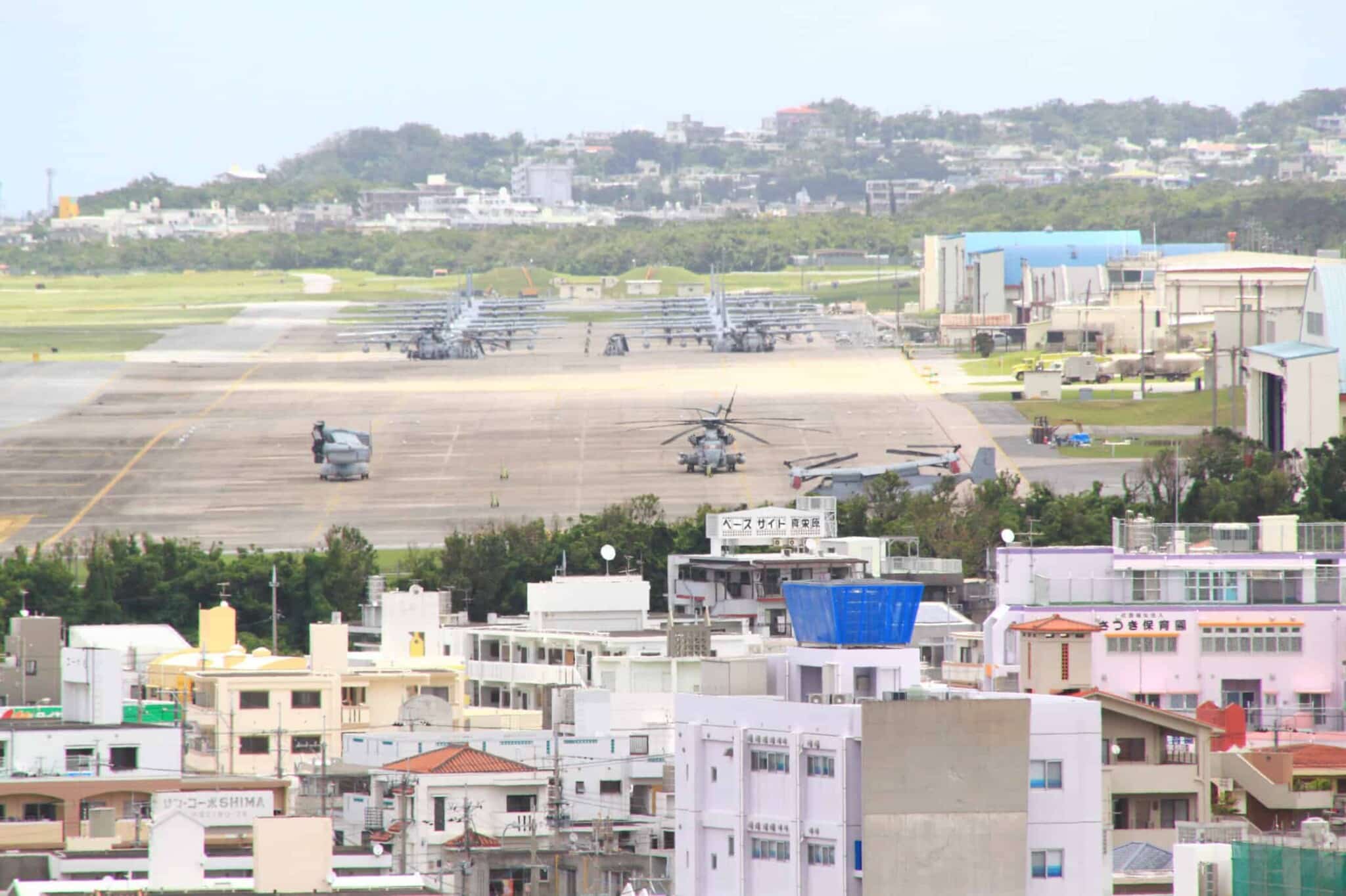


On Labor Day, Tokyo’s highest court ordered Okinawan leaders to approve land reclamation needed to move an American airstrip to a new site on the strategically located island. Despite Chinese expansion in the Pacific looming in the background, local Okinawan authorities are rejecting the ruling.
The fight between Tokyo and Okinawa over the airbase is nothing new. In fact, Futenma Air Station is so controversial that the Okinawan government’s Washington, D.C., office has an entire page of its website dedicated solely to the topic. (READ MORE: China Is Preparing for War – Are We?)
According to ABC News, locals first began opposing the airstrip in 1995 when three American military personnel raped a schoolgirl. A year later, Tokyo and Washington agreed to move the airstrip.
According to the Japanese daily paper the Mainichi, the two governments decided that the base would remain on Okinawa but be relocated to the more rural Nago City. As part of the relocation, land just off the coast would be reclaimed.
Okinawan authorities responded to this decision by taking Japan’s central government to court. The two parties brawled in the judiciary until 2013, when Okinawan governor Hirokazu Nakaima approved the airbase. Two years later, however, his successor, Takeshi Onaga, retracted that approval.
Okinawa Officials Reject Airbase
Tokyo believed the retraction was illegal, and the two parties re-entered the courtroom. During this second round of judicial jiu-jitsu, the Okinawan government’s Washington, D.C., office released a statement explaining its objections to the construction.
First, American military bases are an excessive burden on the local communities. Their island — which is 0.6 percent of Japan’s territory — holds 71 percent of America’s military facilities in Japan.
Second, there are environmental concerns. 262 endangered species — and 1,300 unidentified species — lived there as of 2017. The Japanese government had failed to conduct any surveys into how those species and their environment would be impacted.
Finally, the majority of Okinawans were against the construction. A few years later, a referendum found that 71.7 percent of Okinawans were still against the airbase relocation plan. (READ MORE: Republicans Need a New Approach to Foreign Policy)
Despite those continued objections, Japan’s Supreme Court ruled in favor of Tokyo in 2018, the Mainichi reported.
That ruling didn’t end the issue, however. In 2020, it was discovered that the ground at the proposed site was too soft and that the construction plans would have to be changed. Legally, that change required the governor of Okinawa — Denny Tamaki, who is still governor today — to give his approval.
He didn’t.
When Japan’s national infrastructure minister overruled Tamaki, the governor sued, and the fight went back to the courts. This latest round ended with Monday’s ruling once again giving the win to Tokyo. Despite this move, Tamaki intends to keep fighting.
ABC News reports that he described the court’s decision as “extremely disappointing because we had expected a … judgement based on respect for the local government autonomy.”
How exactly Tamaki intends to fight the ruling remains unclear. If he is unable to find a legal reason to kick the issue back to the courts for round four, Tokyo will be able to approve the relocation changes over Tamaki’s head through a legal procedure known as “execution by proxy,” according to the Japanese news outlet NHK.
It’s Bigger Than Okinawa
The debate over the Futenma airstrip may have consequences larger than just local concerns, however. With an aggressive Communist China reaching for influence in the region, Okinawa’s strategic location makes the issue much more significant. (READ MORE: We Must Elect a Wartime President in 2024)
A report from the Congressional Research Service states that “DOD installations on Okinawa also represent the closest U.S.-operated bases to Taiwan and the South China Sea, both possible operational areas in a potential conflict with the PRC.” The report continues to cite wargaming simulations that suggest Okinawa would be a key target for China if war over Taiwan breaks out. In light of that threat, Washington and Tokyo seem unlikely to budge on the airstrip.
Of course, not everyone sees the Futenma airstrip through a geopolitical lens. Others see it as a violation of civil liberties.
Professor Yoshio Shimoji — an Okinawan native who taught at the University of the Ryukyus before his 2003 retirement — said that America violated the Hauge Convention when it first obtained the territory for the airbase during World War II. He claims that the property rights of the locals were not respected and that the high number of American military bases on the island places it under “virtual occupation.” In Shimoji’s view, then, the base has no place, and Okinawa and the many other American military installations can serve the greater geopolitical purpose.
With those larger geopolitical issues looming behind Futenma airstrip, Okinawa’s Washington, D.C., office has yet to comment on Monday’s ruling. Until Tamaki gives the green light or Tokyo invokes execution by proxy, the construction project on the geopolitically strategic island will remain in limbo.
